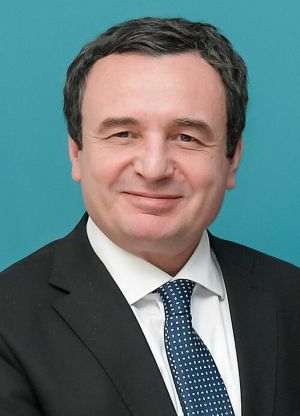The yield on 10-year US Treasuries hit a sixteen-year high of 4.34% earlier this week, another leg of the upward movement that began more than two years ago. Government bonds are considered zero-risk assets, so the question is why should anyone invest in stocks, whose returns may not be that high or only slightly higher, when there is an asset class that guarantees a annual return of 4%, according to an article published by CNBC.
Rupert Thompson, chief economist at Kingswood Group, says: "Cash (aka cash equivalents - very short-term, highly liquid investments) is now yielding 5% in the United States, short-term bonds are yielding over 5% , so that, for the first time in a long time, stocks have real competition".
In general, if they perform well, stock returns are above those of risk-free assets precisely because their performance is uncertain. This is the risk premium, i.e. the extra return that should reward investors for taking on the risk of losing money. CNBC Pro's Bob Pisani says the risk premium is currently under 1%. But, historically, it was between 2% and 4%. In other words, shares are, at the moment, less attractive than usual compared to government bonds, writes CNBC.
In addition, high yields can make the job of the Federal Reserve more difficult. Torsten Slok, Chief Economist at Apollo Global Management, warned that "the rise in long-dated rates really does bring a bit more challenge to the soft landing of the economy. "While the Fed can control short-term rates, rising long-term rates can induce significant risk to the economy, such as the recent Fitch downgrade and quantitative tightening," Slok told CNBC.
But there is no reason to panic, think the analysts polled by the American publication. Adam Turnquist, strategist at LPL Financial, believes the US stock market is in a bull market pullback, meaning it's too early to be bearish on stocks. His statement comes as the US market has developed an upward correction this month, sparking fears that the upward trend started late last year is about to end.
Ed Yardeni, president of Yardeni Research, is of the opinion that the market will remain close to current levels and "a year-end rally will take the S&P 500 back to about 4,600 (no. of points)". It is an increase of about 5% from the level of the index on Tuesday, which, although it is far from certain, would favor the outflow of funds from government bonds, according to CNBC.
Ben Kirby, one of Thornburg Investment Management's chief investment officers, says that over the long term, stocks outperform less risky assets. "One of the portfolios I manage has had a return (annualized) of 9.5% over the last 20 years, of which 5% is income and 4.5-5% comes from growth over time. If you look over very long periods of time, stocks tend to go up eight out of ten years, and investing in cash, money market funds or something like that is actually the riskiest thing you can do, from a return perspective. long-term, in an effort to achieve your financial goals," Kirby told CNBC.


















































